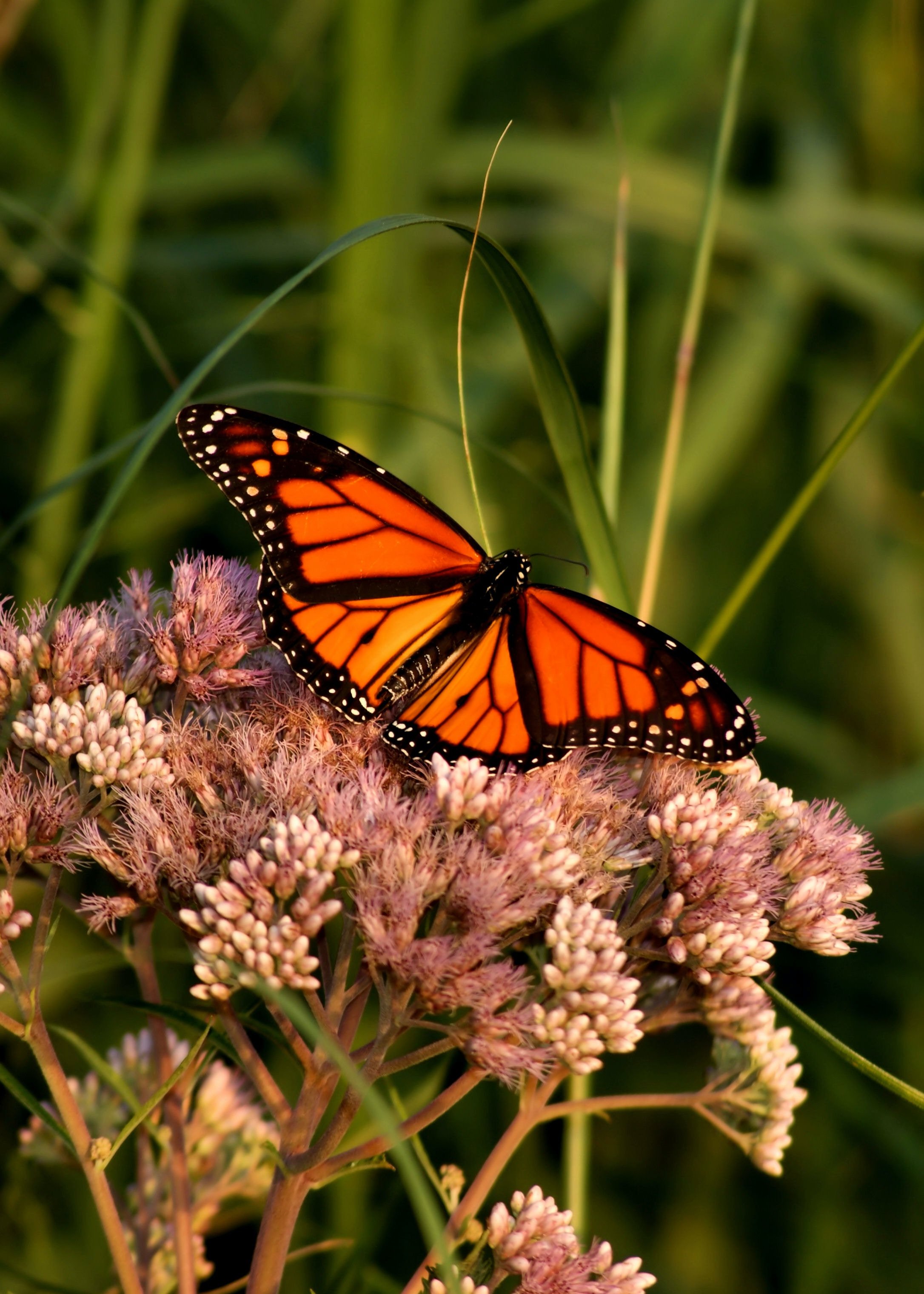
A Feast for Royalty
Milkweed is important, but so is planting nectar producing natives through the fall.

She’s Not a Bug or a Bird
How to plant to encourage natural “insect control” predators - aka “ladybugs” - in your spaces.
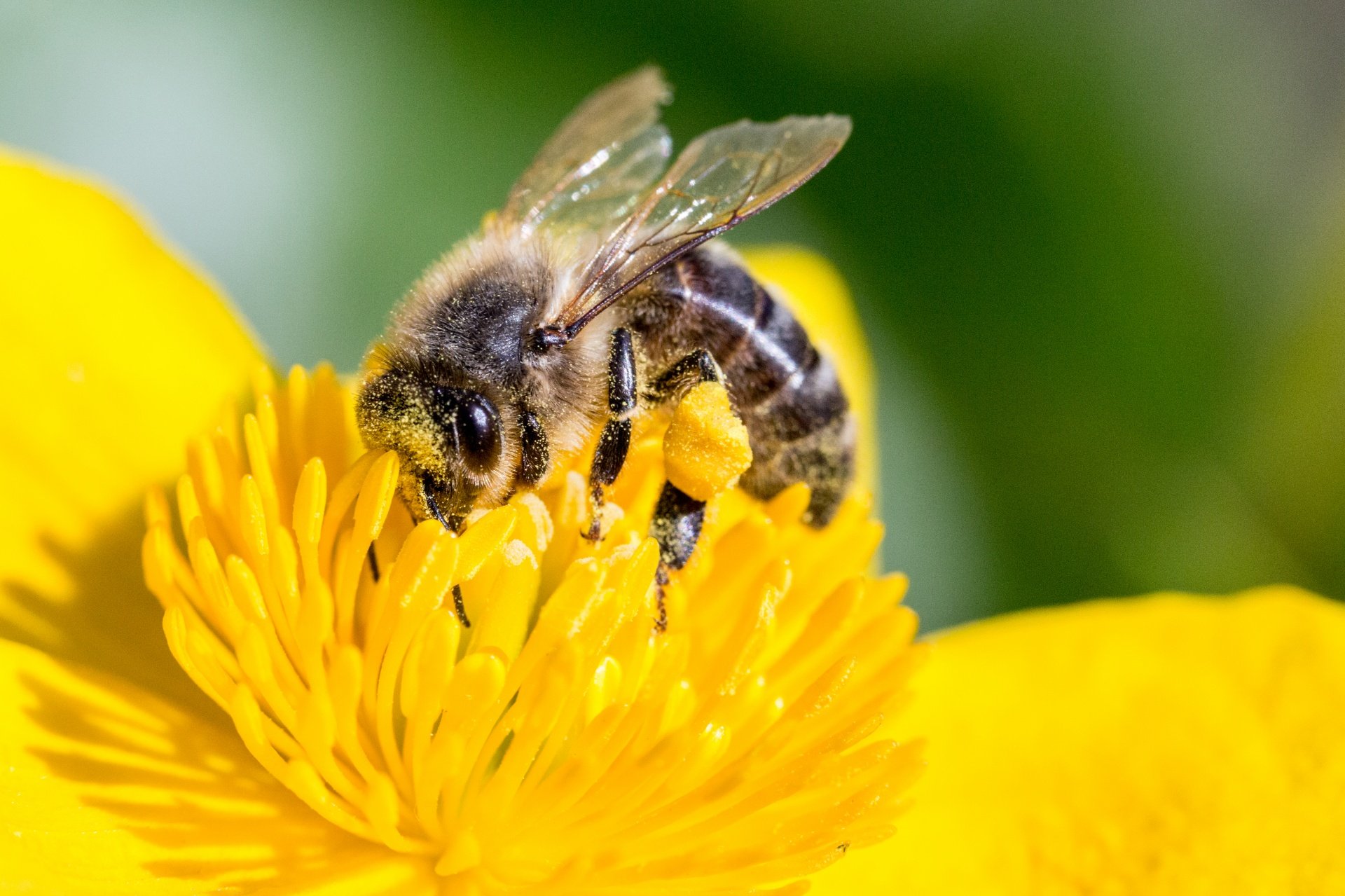
A Different Kind of Buzz
Bees are essential to the existence of most flowering plants and the foods we eat globally. Despite our dependence on bees, their populations are declining due to a variety of factors. We can make a difference in our gardens and green spaces by supporting them.
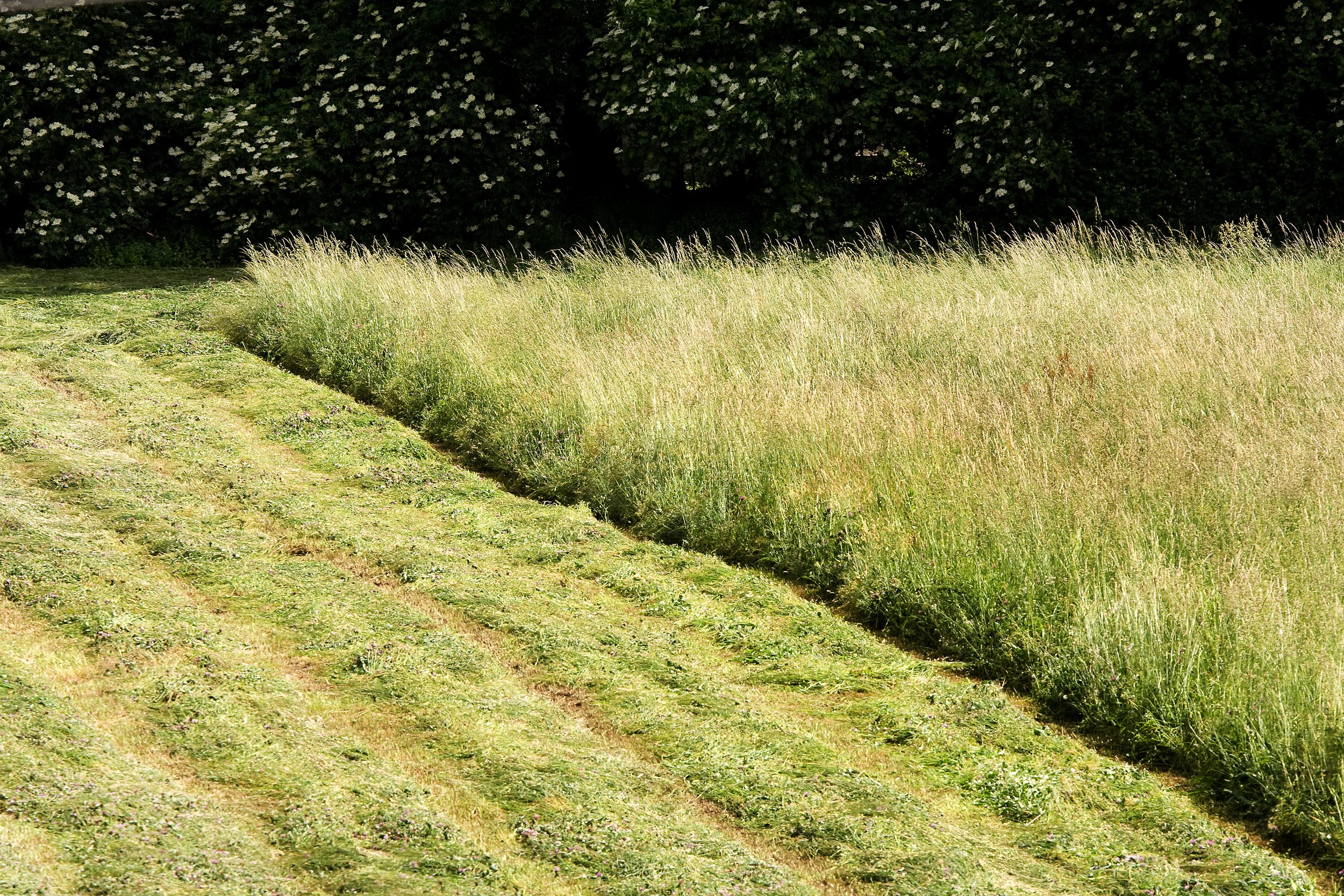
Stubble or Beard?
Instead of debating the height of grass during “No Mow May,” we should ensure more early blooming flowers are planted in the places where we live so pollinators can find food.
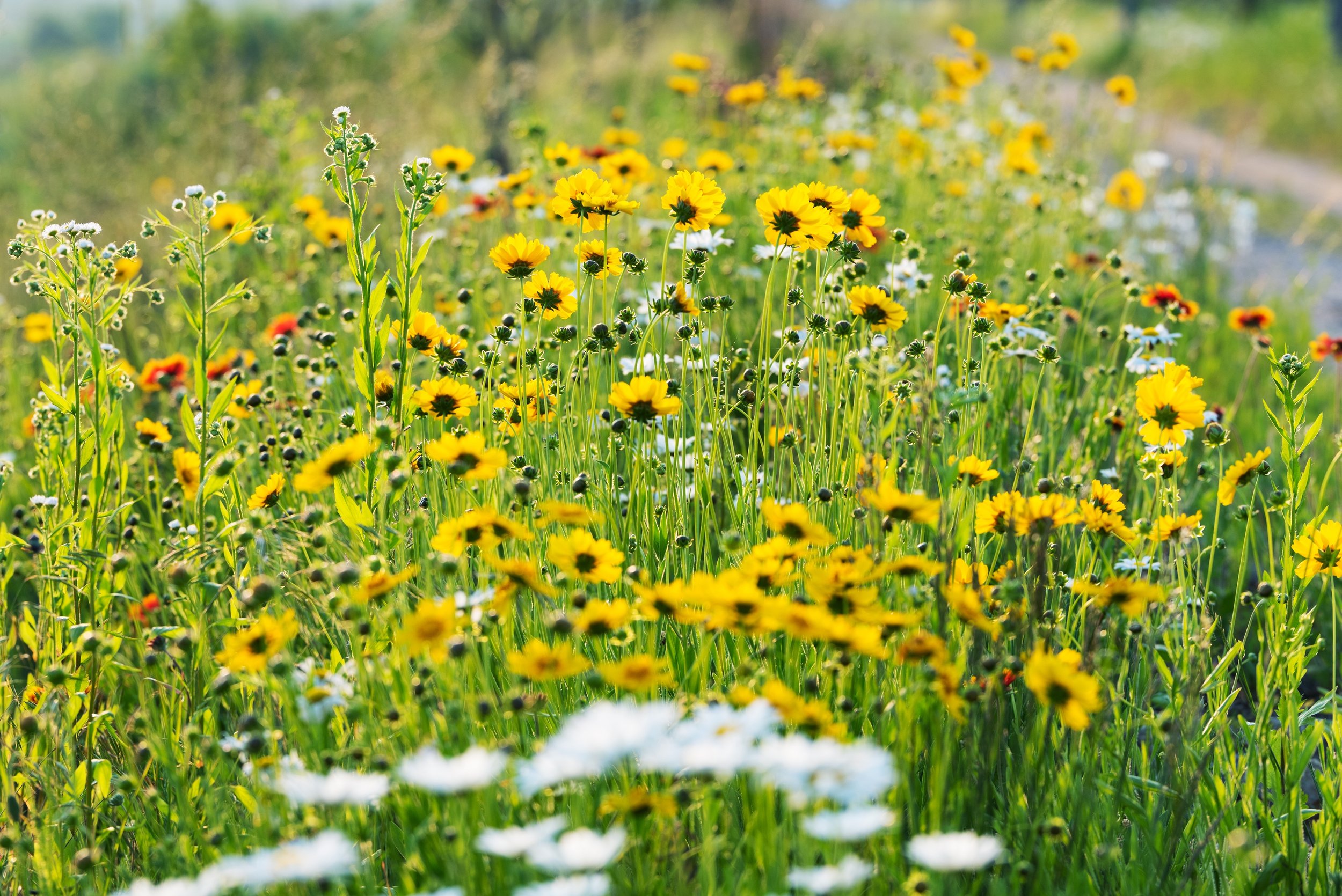
Step Three: Think “Community”
Plants have evolved to grow together in specific communities. As we design, we need to keep in mind what plants naturally grow together so as to set our gardening endeavors up for success.

Step Two: Figure Out Your Why
To design well, you must figure out the reason for the planting. It will keep you motivated and on track as you seek to expand the plants in your space.
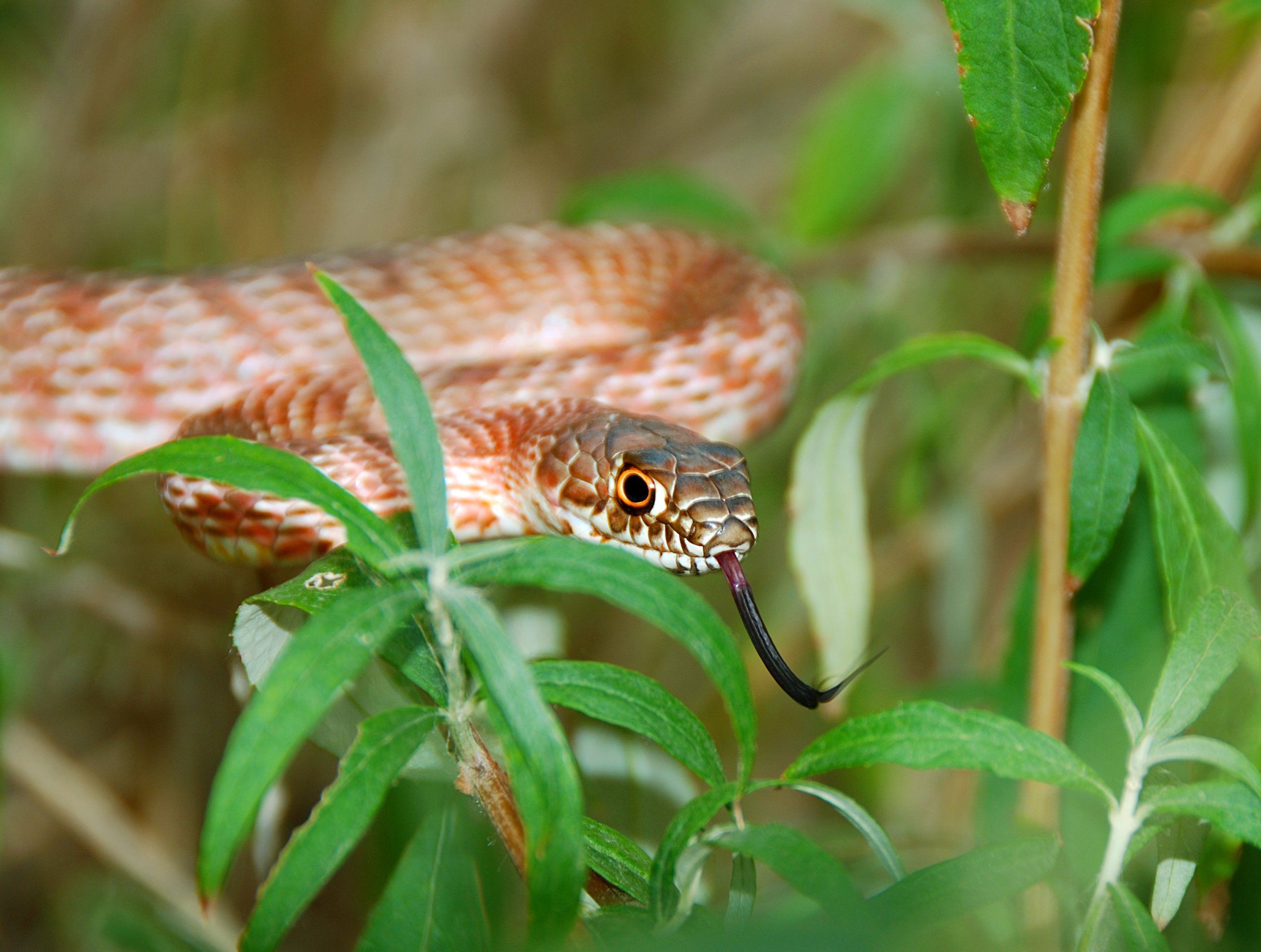
Step One: Make like a Snake
When it comes to garden design with native plants, start small and keep it simple.

The Park in Your Garden
Become a part of Homegrown National Park by planting natives in your green spaces.
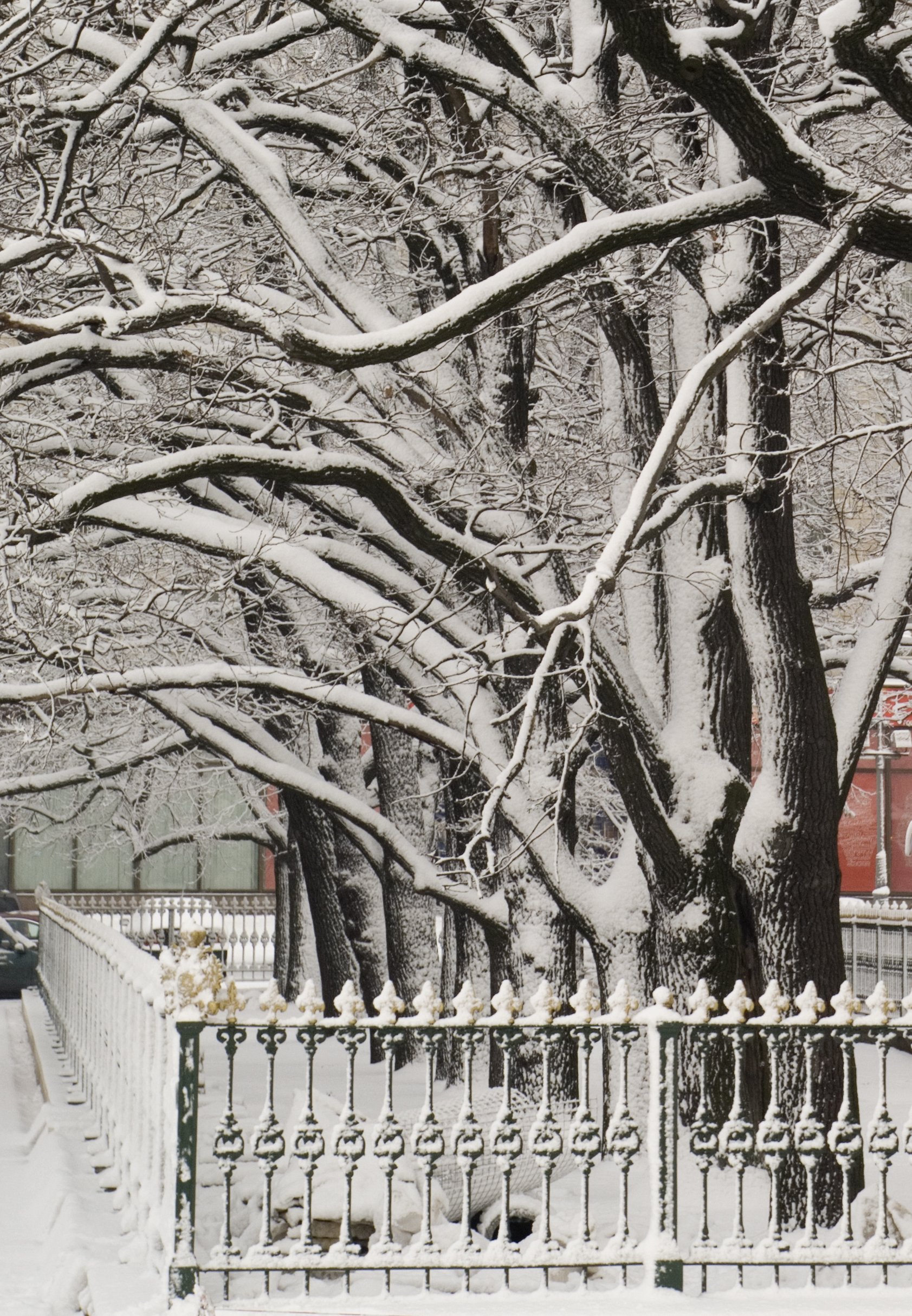
Let’s gARTen!
Winter is a great time to explore the “bones” of your garden and begin designing for the following year.
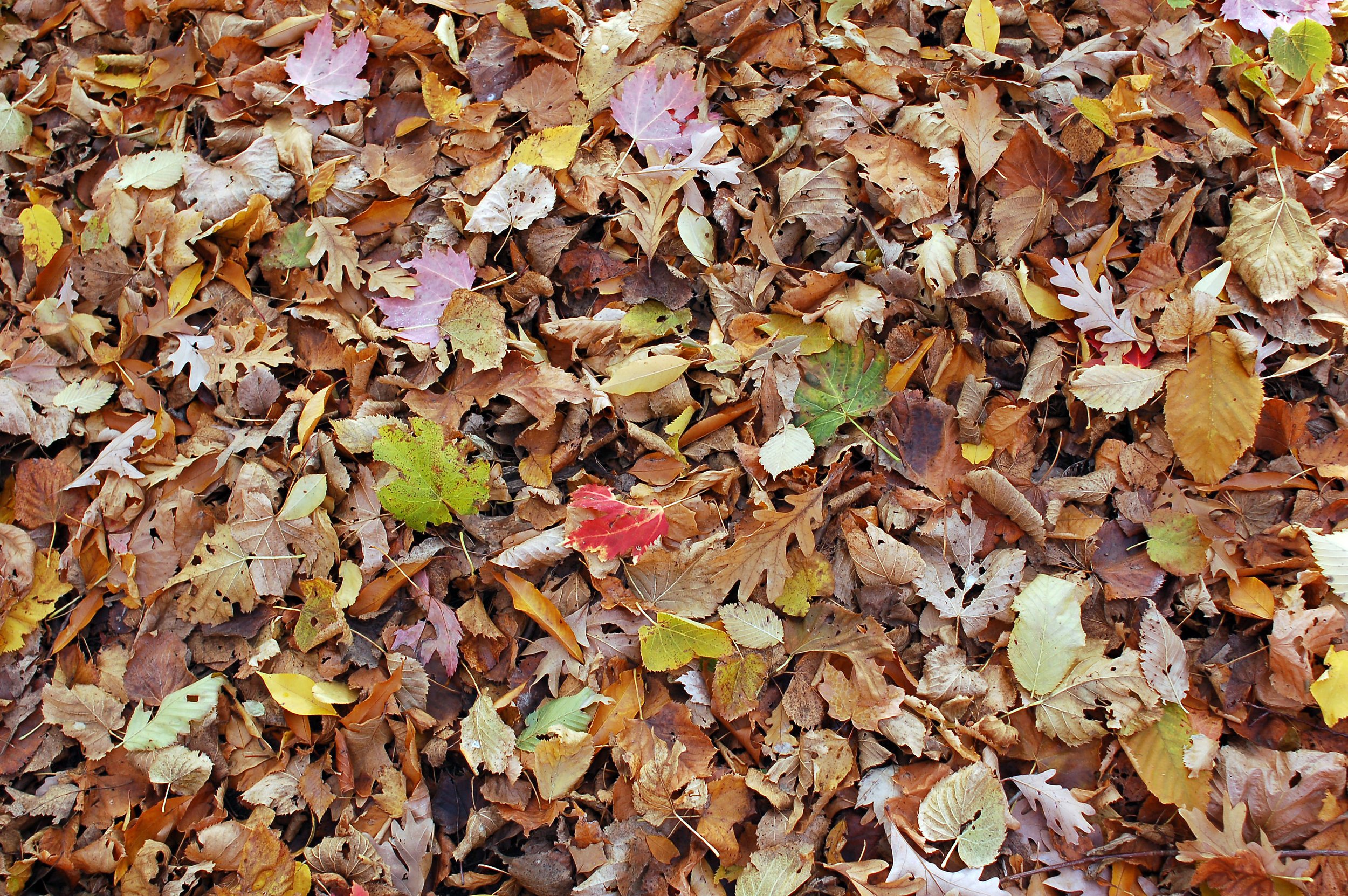
Don’t Toss All the Leaves
We are losing our topsoil. Leaving our leaves to decompose as nutrients to rebuild the land is essential during the fall.

It’s time to think about…Spring!
Plant spring ephemerals now to enjoy next year!
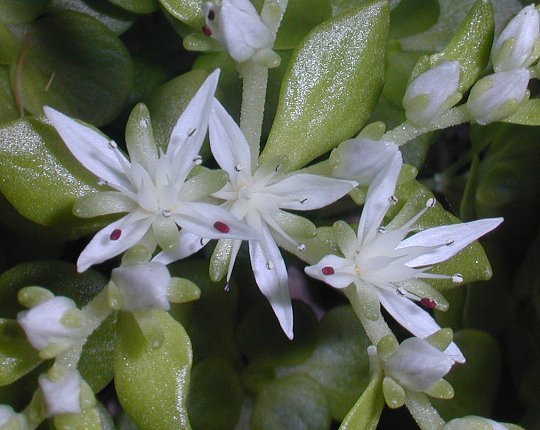
These Plants Have Your Back!
Let’s use some native groundcovers instead of grass in our gardens!
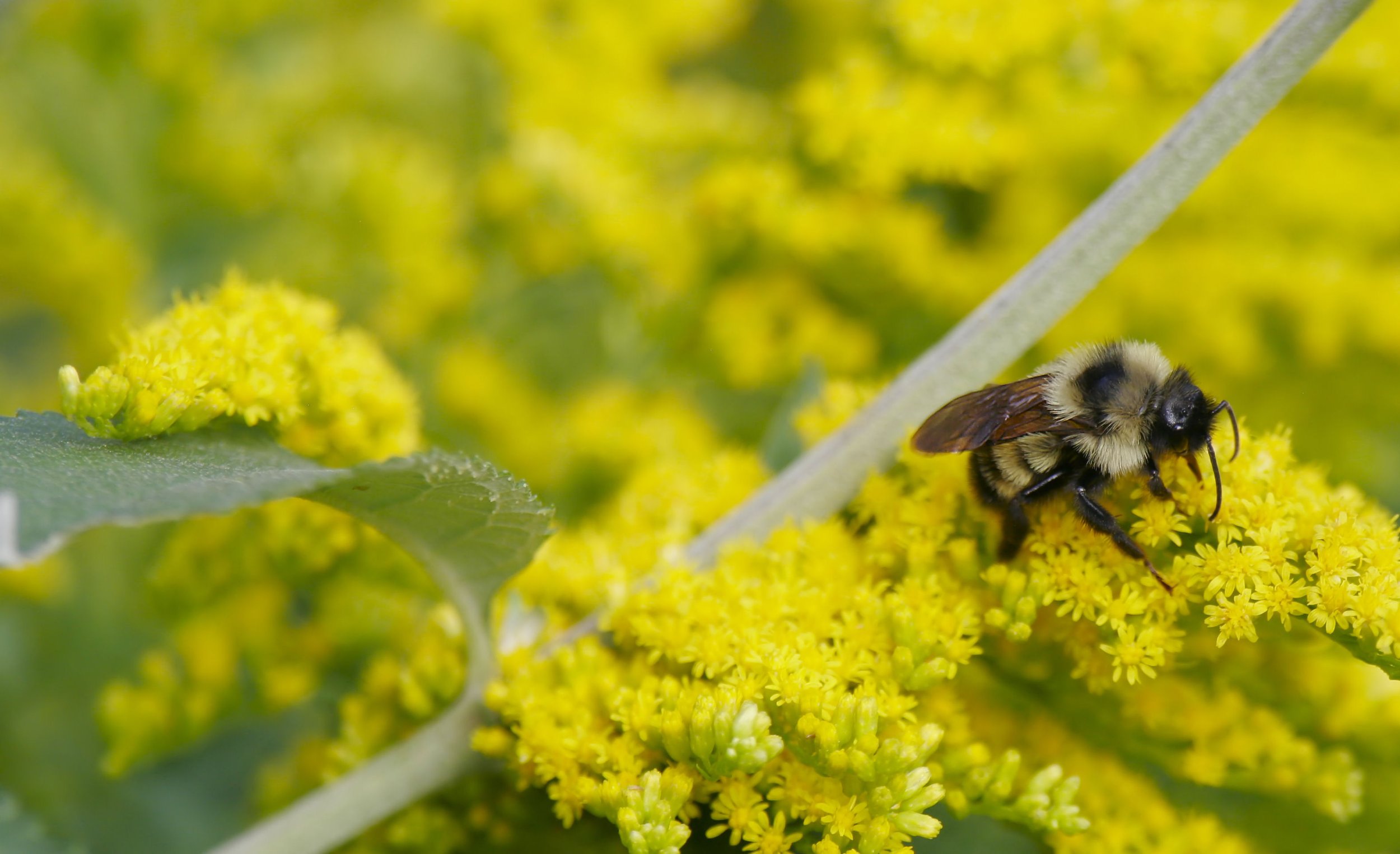
Corridors Aren’t Just for Buildings
Wildlife needs biological corridors to thrive. We can create these corridors in our gardens and be a part of a grassroots movement to create spaces of beauty and flourishing for all species.
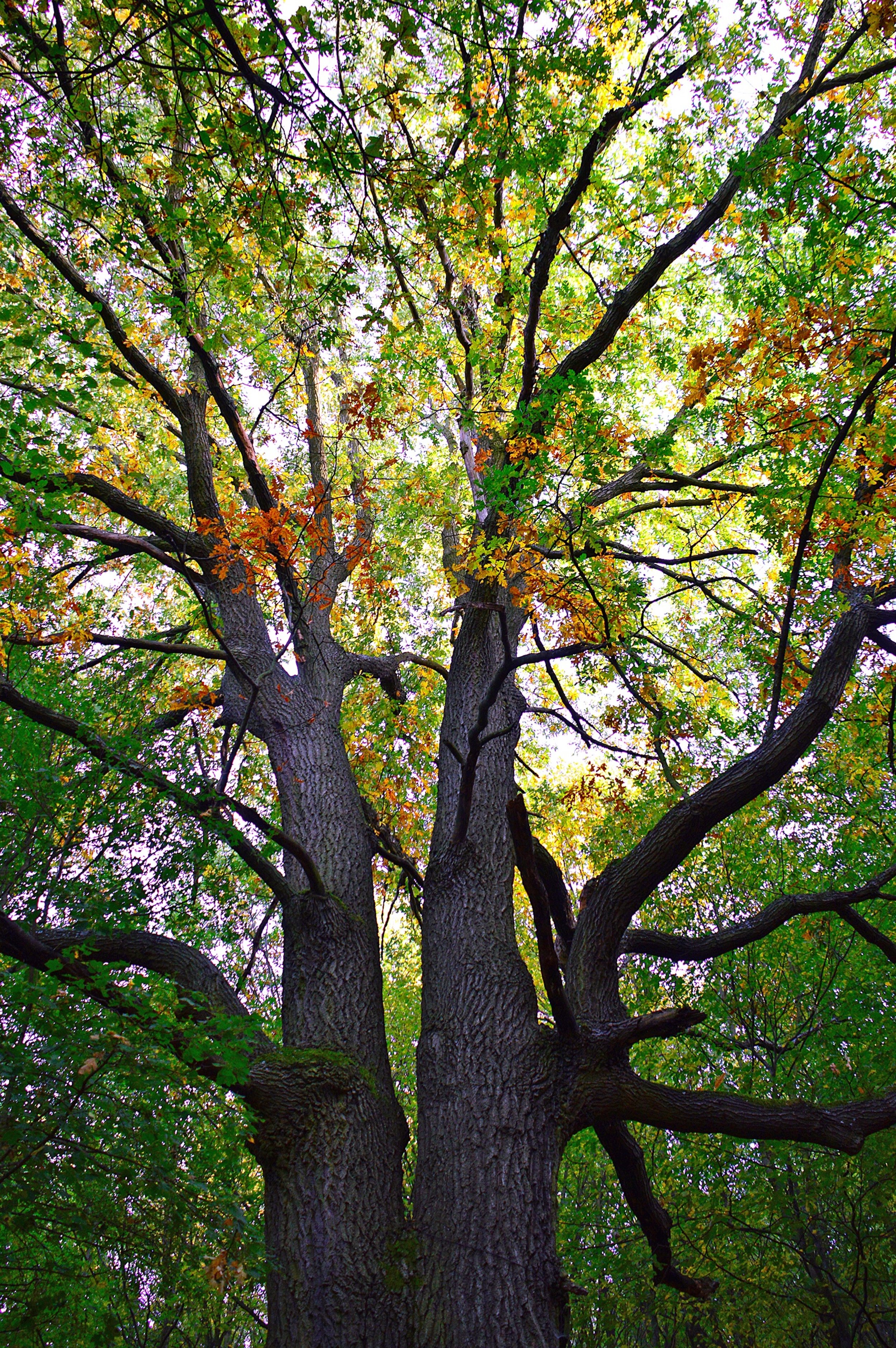
How We Garden Affects the Forest Preserves
The effects of leaving invasives in our gardens goes well beyond the border of our property. Our natural surroundings are affected, too.
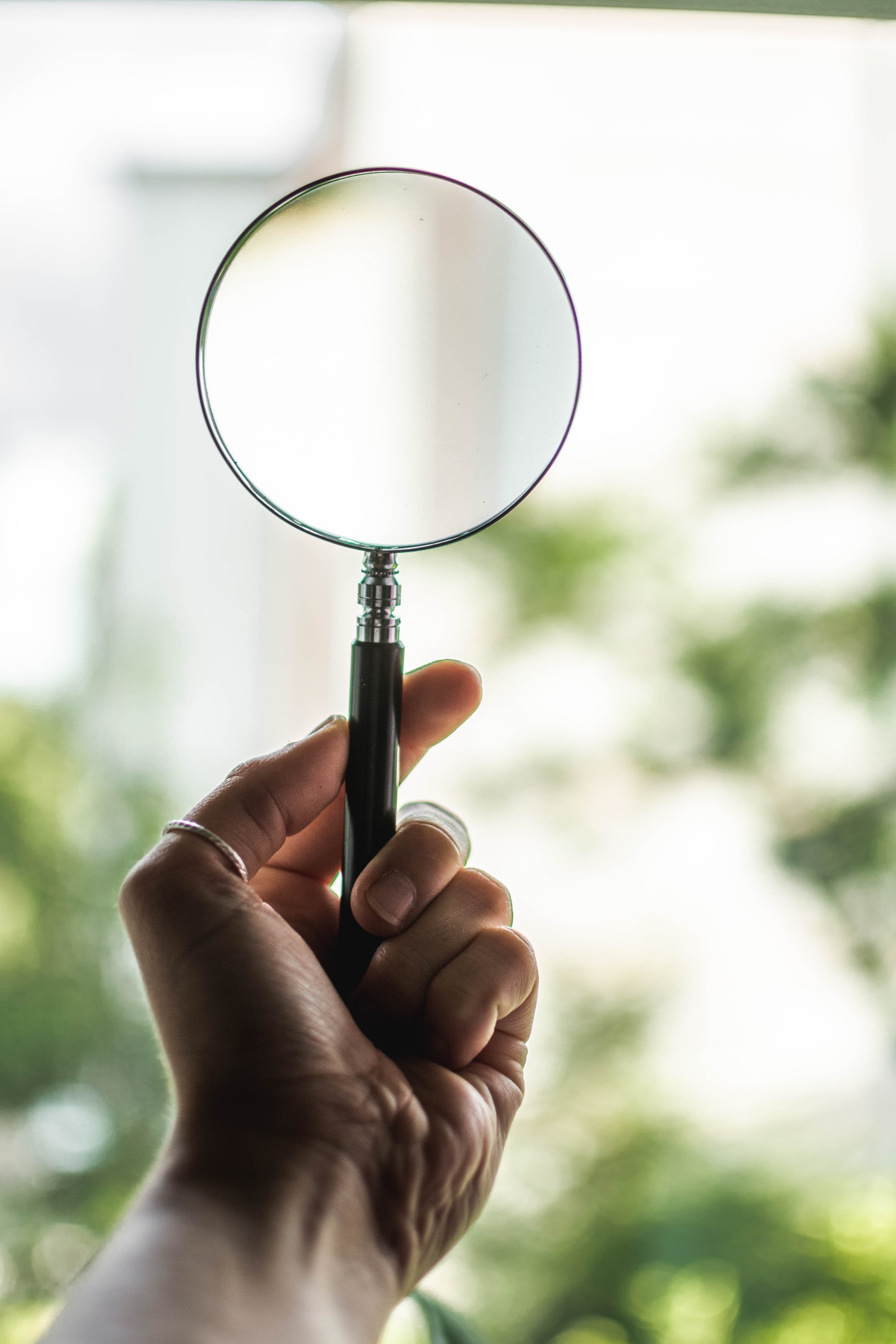
Calling All Backyard Scientists!
We can be citizen scientists in our gardens and buttress pollinator populations.
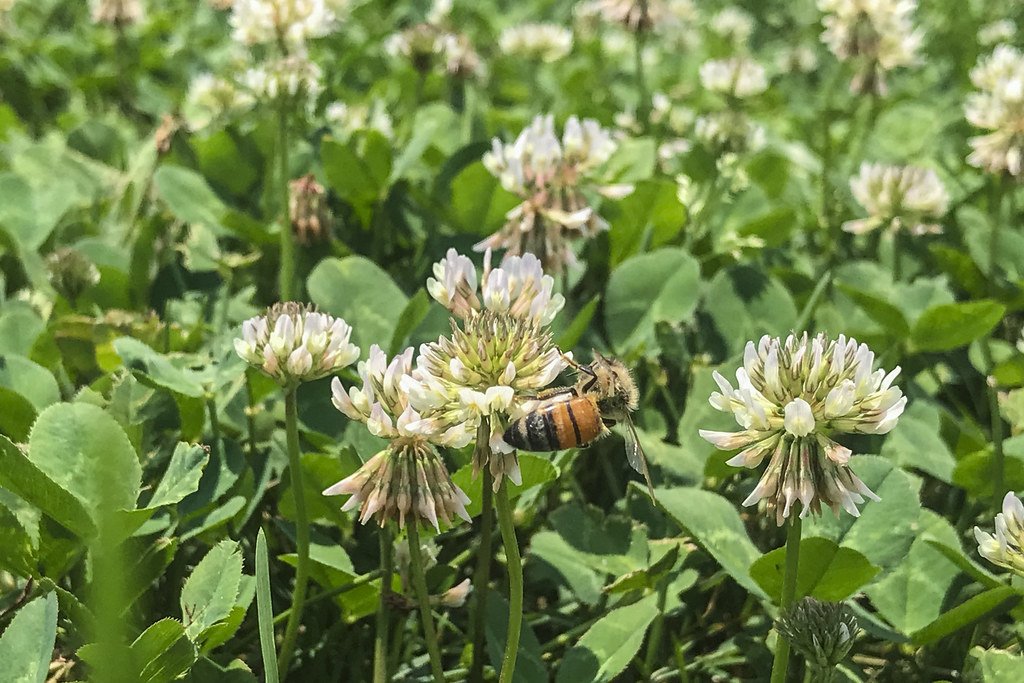
No Mow May
The “No Mow May” movement and why we need to take up the call in our gardens and other landscapes.
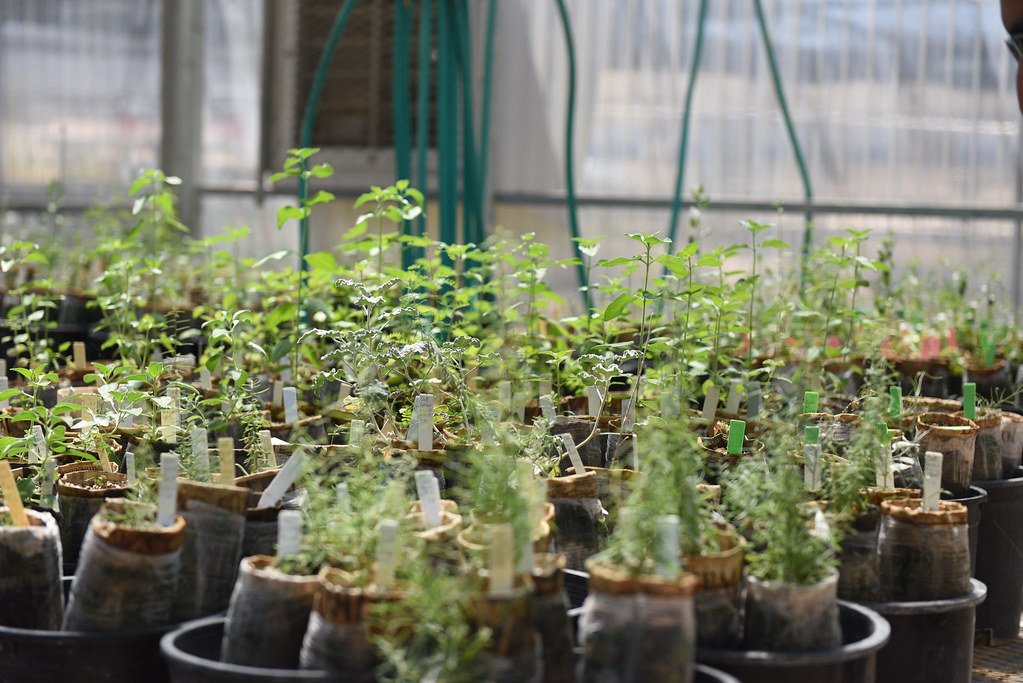
Spring into Native Plant Sales!
Presale orders for native plants often begin in March and April for a May and June pick-up. Here’s where to find them for the DuPage county area.
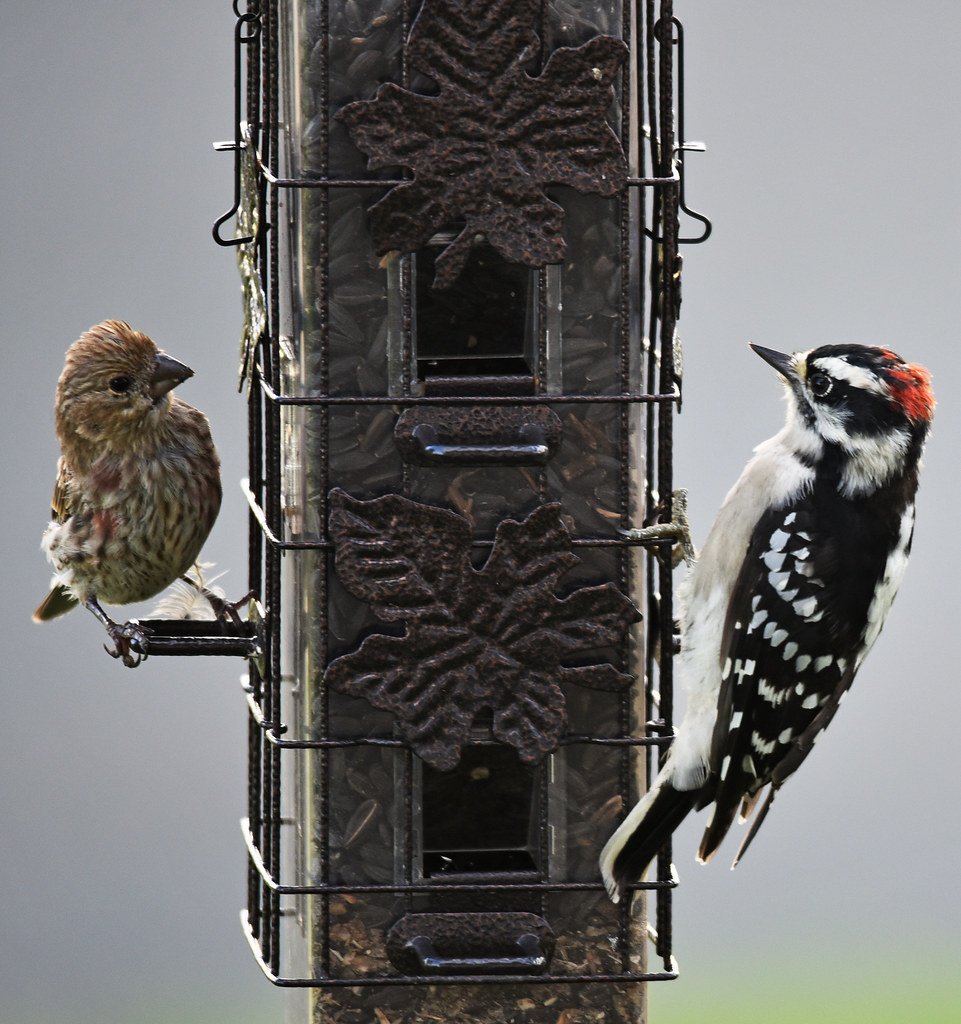
Breakfast for the Birds
Native plant seed heads provide an important source of food for birds during winter.

If you like fireflies and butterflies
Leaf mulch habitat for overwintering insects.
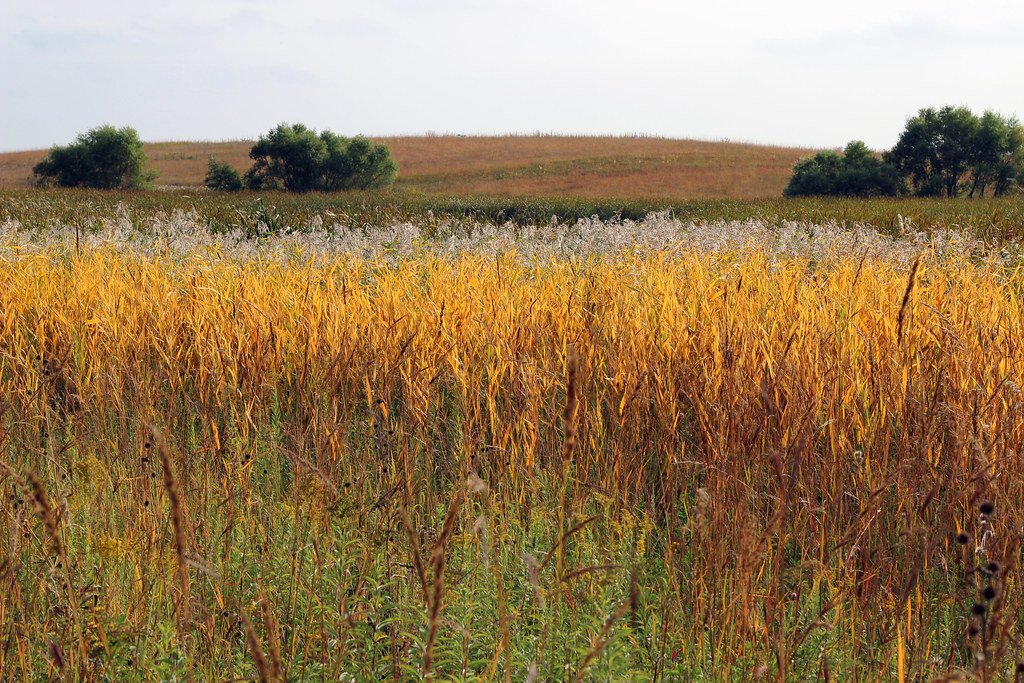
The World’s Most Endangered Ecosystem, Right at Home
Our endangered grasslands - the prairie.
